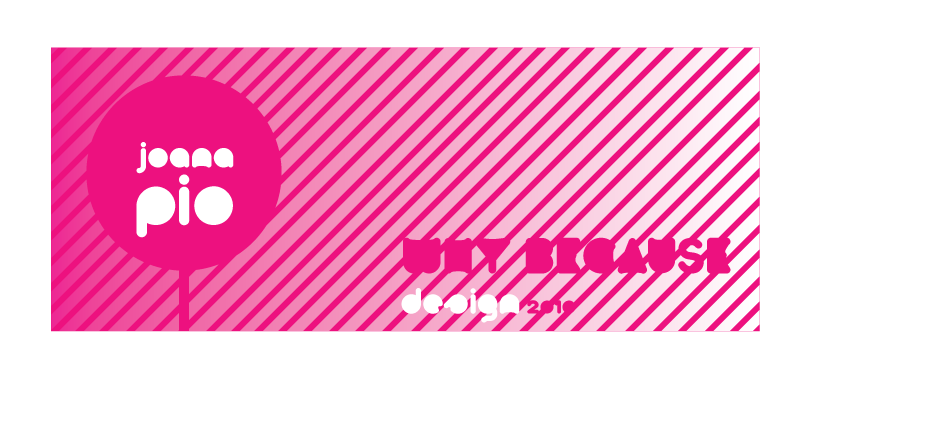As one of the first type designers to exploit the potential of the Apple Macintosh in its pre-designer days, Zuzana Licko transformed the pixel from low-resolution imitation to high-style original. Her early Emigre fonts not only revolutionised digital typography but also opened up the market for the smaller foundries whose quarter-page ads populate today's design magazines. She has designed more than two dozen typeface families and oversees the Emigre foundry, which currently offers 300 or so typefaces by the likes of Barry Deck, Jonathan Barnbrook, Frank Heine and Rodrigo Cavazos.
Born in Czechoslovakia, Licko (pronounced Litchko) emigrated to the US with her family as a schoolgirl. She studied architecture, photography and computer programming before taking a degree in graphic communications at the University of California at Berkeley. When Rudy VanderLans, her partner, launched Emigre, she began to contribute fonts to the fledgling 'magazine that ignores boundaries.' Rather than replicate (on a dot matrix printer) typographic forms already adapted from calligraphy, lead and photosetting, Licko used public domain software to create bitmap fonts. Emperor, Emigre and Oakland appeared in the magazine and were soon advertised for sale when VanderLans and Licko co-founded the Emigre foundry.
Emigre's development reflected the evolution of digital technology while questioning conventional ideas of legibility and layout. Licko's highly structured typefaces counterbalanced VanderLans' organic compositions. The "Emigre aesthetic" lay at the heart of a once-controversial battle on the American design scene, pitting them against Modernists such as Massimo Vignelli, who referred to the new typography as "garbage." The debate did little to slow the popularisation of the Emigre fonts, which by the late 1980s had moved beyond alternative pop cult status into the mainstream (The New York Times, ABC and Nike). The graphic design establishment has since recognised Licko and VanderLans with a 1994 Chrysler Award, the 1997 AIGA gold medal and the 1998 Charles Nypels Award for Innovation in Typography.
Licko's intellectual approach to type creation continued to find inspiration in the production qualities of technology. In 1986 she created Citizen, which approximated the smoother bitmap printing of the new laser printers. Base-9 and Base-12 originated as screen fonts for Emigre's website in 1995, and then evolved with a companion printer font. As Emigre began publishing more design theory, Licko developed more "classical" fonts; her designs Mrs Eaves and Filosofia were based respectively on Baskerville and Bodoni. And with issue 60 (see Reviews pp.76-87) Emigre's latest music-oriented incarnation, Licko and VanderLans have found yet another format in which the publication can continue to be a testing ground and type specimen for Emigre typefaces.
Born in Czechoslovakia, Licko (pronounced Litchko) emigrated to the US with her family as a schoolgirl. She studied architecture, photography and computer programming before taking a degree in graphic communications at the University of California at Berkeley. When Rudy VanderLans, her partner, launched Emigre, she began to contribute fonts to the fledgling 'magazine that ignores boundaries.' Rather than replicate (on a dot matrix printer) typographic forms already adapted from calligraphy, lead and photosetting, Licko used public domain software to create bitmap fonts. Emperor, Emigre and Oakland appeared in the magazine and were soon advertised for sale when VanderLans and Licko co-founded the Emigre foundry.
Emigre's development reflected the evolution of digital technology while questioning conventional ideas of legibility and layout. Licko's highly structured typefaces counterbalanced VanderLans' organic compositions. The "Emigre aesthetic" lay at the heart of a once-controversial battle on the American design scene, pitting them against Modernists such as Massimo Vignelli, who referred to the new typography as "garbage." The debate did little to slow the popularisation of the Emigre fonts, which by the late 1980s had moved beyond alternative pop cult status into the mainstream (The New York Times, ABC and Nike). The graphic design establishment has since recognised Licko and VanderLans with a 1994 Chrysler Award, the 1997 AIGA gold medal and the 1998 Charles Nypels Award for Innovation in Typography.
Licko's intellectual approach to type creation continued to find inspiration in the production qualities of technology. In 1986 she created Citizen, which approximated the smoother bitmap printing of the new laser printers. Base-9 and Base-12 originated as screen fonts for Emigre's website in 1995, and then evolved with a companion printer font. As Emigre began publishing more design theory, Licko developed more "classical" fonts; her designs Mrs Eaves and Filosofia were based respectively on Baskerville and Bodoni. And with issue 60 (see Reviews pp.76-87) Emigre's latest music-oriented incarnation, Licko and VanderLans have found yet another format in which the publication can continue to be a testing ground and type specimen for Emigre typefaces.






Nenhum comentário:
Postar um comentário